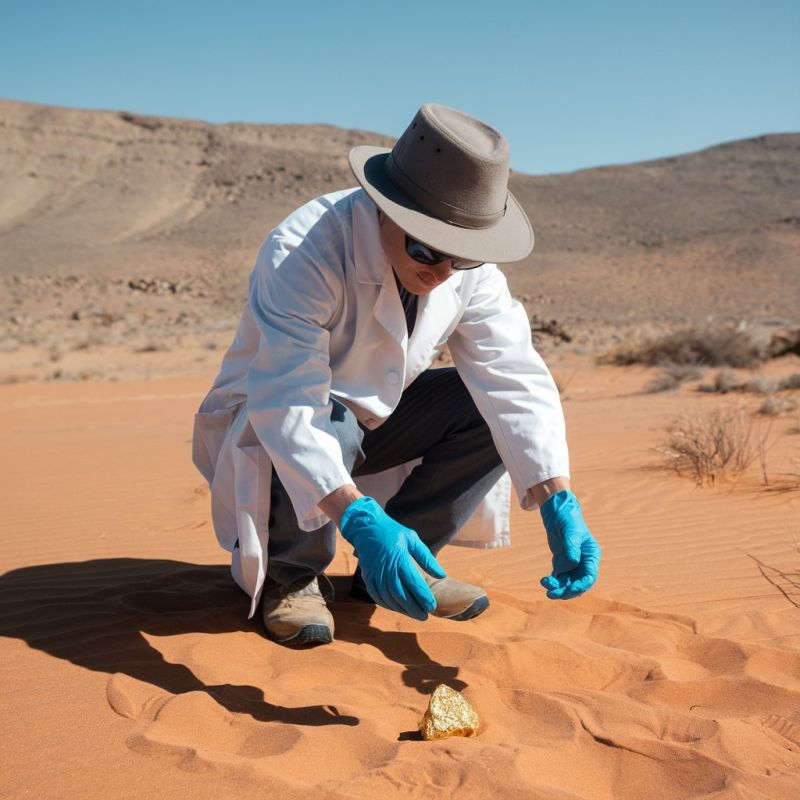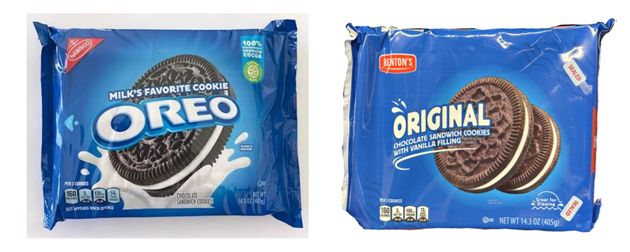Picture this: You’re wandering through a desert, feeling like the star of your own survival movie. Just as you’re debating whether mirages are real, you stumble across something shiny in the sand.
Is it treasure? Alien tech? The answer to why socks vanish in the laundry? No, it’s just a stone.
Now, finding a stone in the desert is… fine. It’s new, sure, no one new there is this particular stone in this particular location, but stones in deserts are about as surprising as ice cream commercials in summer.
But what if, instead of a stone, it’s a gold nugget? Suddenly, this isn’t just another day in the sun. This is a eureka moment. Gold nuggets aren’t what you expect to find in a desert, and that element of surprise is what makes them truly valuable.
The same applies to patent claims. An invention has to be more than new – it has to be unexpected in its field. It has to be the gold nugget, not the stone.
As someone who helps companies, especially in Agri/Food-tech and alternative protein fields, navigate the wild terrain of intellectual property, I make sure your innovations stand out as the patentable golden nuggets they are (and not just get mistaken for ordinary stones).
I may also do something that pains you – I will show you why some of your “innovations” are actual stones. It will break your heart but save you a TON of money.
Conclusion: Why novelty isn’t enough—your invention must also be unexpected
- Being new isn’t enough—your idea must be surprising in its field.
- Like a gold nugget in a desert, unexpected value is what counts.
- A good IP advisor will help you tell the difference—and save you from patenting “stones”.
If you are a founder and want to know what your nugget is really made of, let’s talk.






